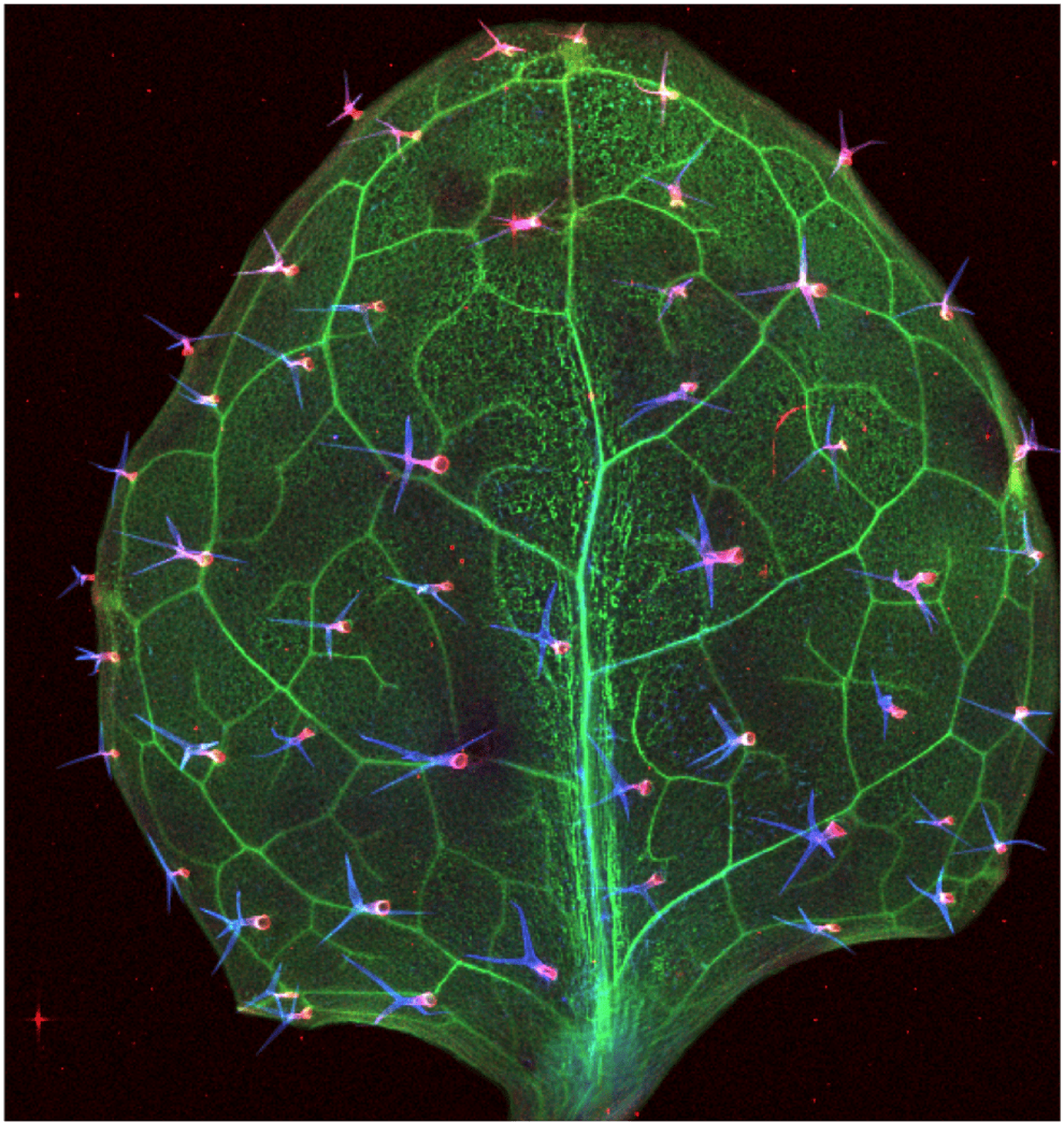Iron and Zinc Homeostasis in Plants
Our research uses the tools available in the model plant Arabidopsis thaliana to identify genes involved in metal homeostasis. The ultimate aim of our research is to develop biofortified crop plants.
Iron deficiency affects over 3 billion people worldwide; meanwhile, conservative estimates suggest that 25% of the human population is at risk of becoming zinc deficient. Given that plants are the principal source of iron and zinc in most diets, increasing their ability take up essential minerals could have a dramatic impact on human health.
Biofortification, or increasing the concentration of nutrients in the edible portions of crops prior to harvesting, has been proposed as a cost-effective solution for micronutrient malnutrition. Food supplementation with zinc and fortification with iron have been ranked first and third by the Copenhagen Consensus in their cost-benefit analysis of solutions for pressing global challenges; biofortification ranked fifth.
In the course of our research, we discovered that iron reductase FRO2 and iron transporter IRT1 are expressed in iron-deficient plant roots and are responsible for the uptake of iron from the soil. IRT1 is a founding member of the ZIP family of metal transporters, which has representatives in bacteria, fungi and animals.
Our lab is also currently trying to unravel how both plant and bacterial cells perceive iron status and translate that information into changes in gene expression. We have identified a transcription factor, FIT1, that controls the iron deficiency response in Arabidopsis.
In addition, the bacterial side of our lab is working on deciphering the early signals that help set up the nitrogen-fixing symbiosis between bacteria of the genus Bradyrhizobium and its host, soybeans. We are particularly interested in the period after the bacteria have entered the host via infection threads. At present, we are characterizing an interesting mutant that is unable to set up a persistent infection. This mutant no longer expresses an iron-regulated operon that functions in free-living bacteria to take up iron.

